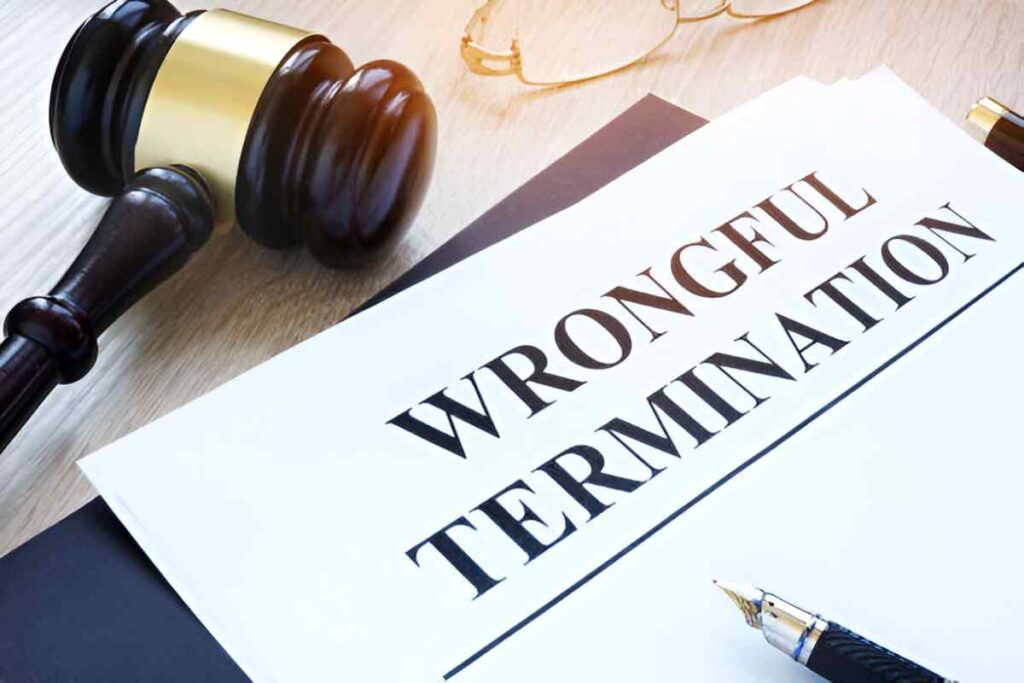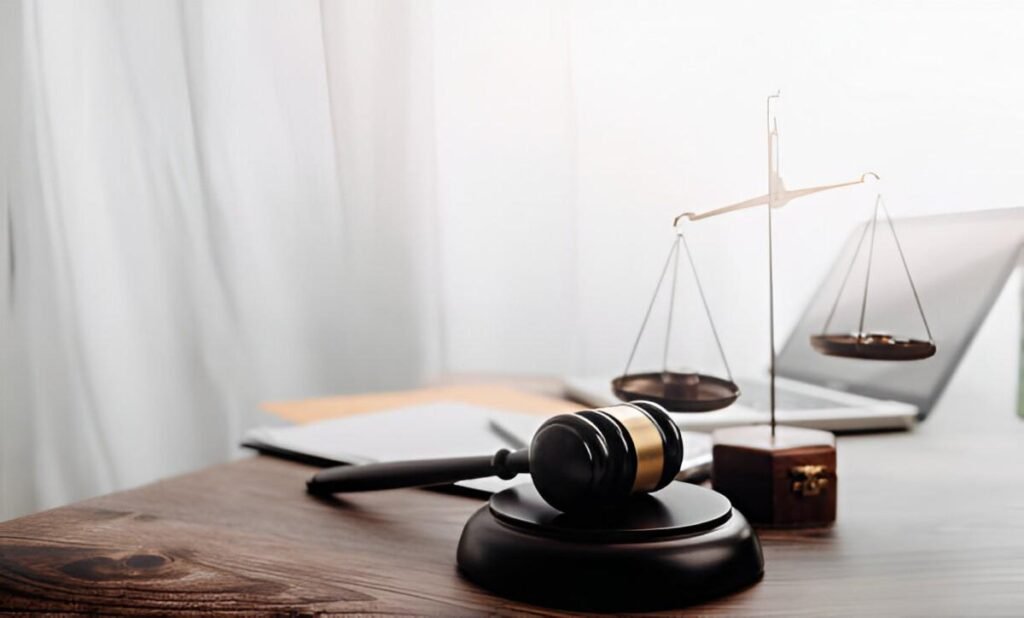As someone deeply immersed in the finance and accounting fields, I often encounter questions about the legal and ethical responsibilities of directors when a company faces insolvency. One of the most critical yet misunderstood concepts in this area is wrongful trading. In this article, I will explore what wrongful trading means, the responsibilities it imposes on directors, and how to navigate this complex terrain. I will also provide practical examples, calculations, and insights to help you understand the implications of wrongful trading in the US context.
Table of Contents
What Is Wrongful Trading?
Wrongful trading occurs when directors of a company continue to operate and incur debts even when they know, or should have known, that the company has no reasonable prospect of avoiding insolvency. This concept is designed to protect creditors and ensure that directors act responsibly when a company is in financial distress.
While the term “wrongful trading” is more commonly used in the UK, the US has similar provisions under the Bankruptcy Code and state laws. In the US, directors can be held personally liable for debts incurred if they continue to operate a business that is insolvent without a viable plan to recover.
The Legal Framework in the US
In the US, the legal framework governing wrongful trading is primarily found in:
- Chapter 7 and Chapter 11 of the Bankruptcy Code: These chapters outline the procedures for liquidation and reorganization, respectively. Directors must act in the best interests of creditors once insolvency is imminent.
- State Laws: Many states have laws that impose fiduciary duties on directors, including the duty to avoid deepening insolvency.
For example, under Delaware law, directors owe fiduciary duties to the corporation and its shareholders. However, when a company is insolvent, these duties extend to creditors as well.
Key Responsibilities of Directors in Insolvency
When a company is approaching insolvency, directors must:
- Act in the Best Interests of Creditors: This means prioritizing the repayment of debts over shareholder interests.
- Avoid Incurring New Debts: Directors should not take on new obligations unless they believe the company can meet them.
- Seek Professional Advice: Engaging financial and legal experts can help directors make informed decisions.
- Document Decisions: Keeping a clear record of decisions and the rationale behind them can protect directors from personal liability.
When Does Wrongful Trading Occur?
Wrongful trading typically occurs when:
- Directors continue to trade despite knowing the company cannot pay its debts.
- Directors fail to take reasonable steps to minimize losses to creditors.
- Directors prioritize their own interests or those of shareholders over creditors.
Example Scenario
Let’s consider a hypothetical example. Suppose Company A has the following financial position:
- Assets: \$500,000
- Liabilities: \$600,000
- Cash Flow: Negative \$10,000 per month
The directors of Company A know that the company is insolvent but decide to continue trading, hoping for a turnaround. Over the next six months, the company incurs an additional \$60,000 in debts. If the company eventually goes into liquidation, the directors could be held personally liable for the \$60,000 if it is determined that they knew or should have known the company could not avoid insolvency.
Calculating Director Liability
To understand how liability is calculated, let’s break it down. Suppose the court determines that the directors should have stopped trading six months earlier. The additional debts incurred during this period would be the basis for their liability.
Using the example above:
\text{Director Liability} = \text{Additional Debts Incurred} = \$60,000This amount would be distributed among the directors based on their involvement and decision-making authority.
Defenses Against Wrongful Trading Claims
Directors can defend themselves against wrongful trading claims by demonstrating that:
- They Took Reasonable Steps: Directors must show that they acted in good faith and took reasonable steps to minimize losses.
- They Relied on Professional Advice: Seeking advice from financial and legal experts can strengthen their defense.
- They Acted in the Best Interests of Creditors: Documentation of decisions and communications can support this claim.
Practical Steps for Directors
If you are a director of a company facing financial difficulties, here are some practical steps to avoid wrongful trading:
- Monitor Financial Health: Regularly review financial statements and cash flow projections.
- Engage Experts: Consult with insolvency practitioners and legal advisors.
- Hold Board Meetings: Document discussions and decisions made during board meetings.
- Consider Insolvency Options: Explore options like restructuring or filing for bankruptcy if necessary.
Comparing Wrongful Trading in the US and UK
While the US and UK have similar principles, there are key differences:
| Aspect | US | UK |
|---|---|---|
| Legal Basis | Bankruptcy Code and state laws | Insolvency Act 1986 |
| Director Liability | Personal liability for deepening insolvency | Personal liability for wrongful trading |
| Focus | Fiduciary duties to creditors | Duty to minimize losses to creditors |
Case Study: The Lehman Brothers Collapse
The collapse of Lehman Brothers in 2008 provides a real-world example of director responsibilities in insolvency. While the directors were not found personally liable, the case highlighted the importance of transparency and accountability when a company is in financial distress.
Conclusion
Understanding wrongful trading and the responsibilities it imposes on directors is crucial for anyone involved in corporate governance. By acting in the best interests of creditors, seeking professional advice, and documenting decisions, directors can navigate insolvency with confidence and minimize personal liability.





